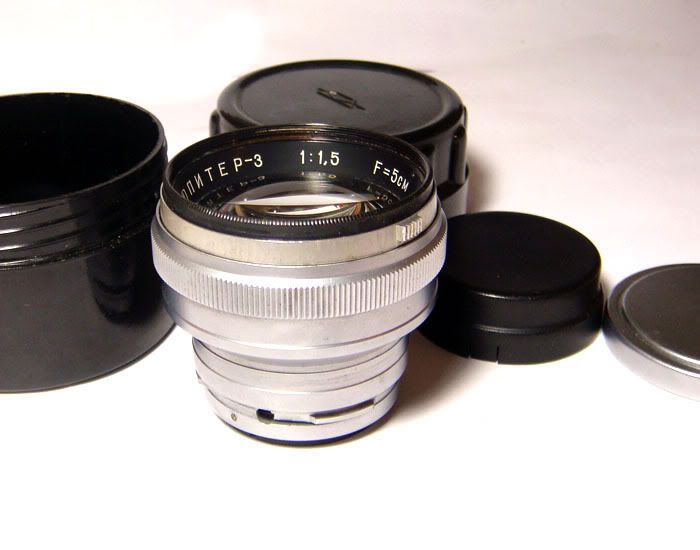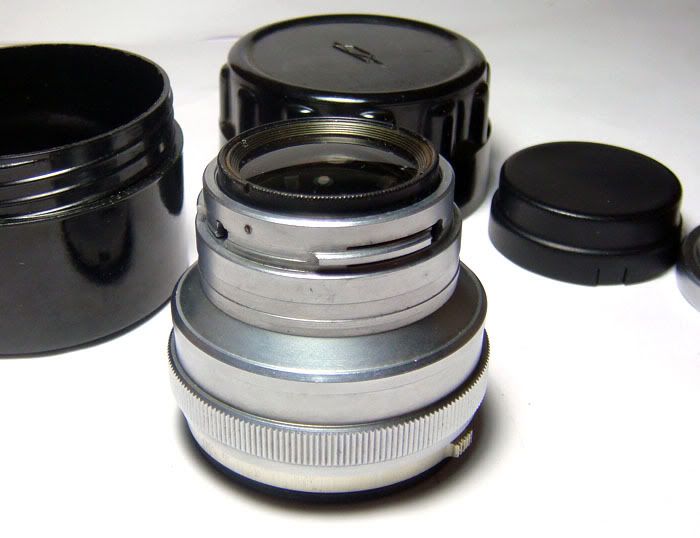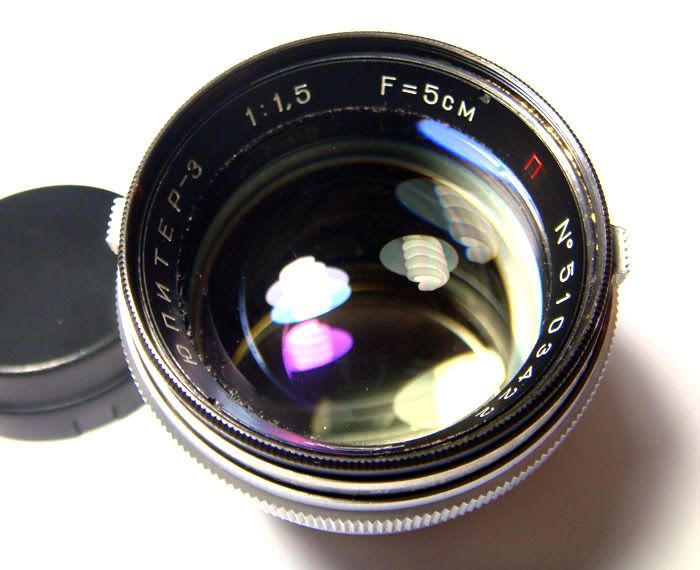Someday I will post the evolution lenses that I have. I added a "transition" lens to the collection lately, one that I've worked on twice before. It was the "missing link" in between the last of the lenses made with German parts and the J-3. How do I know? you would just have to take it apart to believe it! And I'm working on another one for an RFF member that is like it. Lots of hand-machined aluminum, copying the Wartime German LTM lens.
I've got an early German Wartime, Late German Wartime, ZK Sonnar, the transition lens, and two 1953 J-3's with German Glass in Russian bodies.




